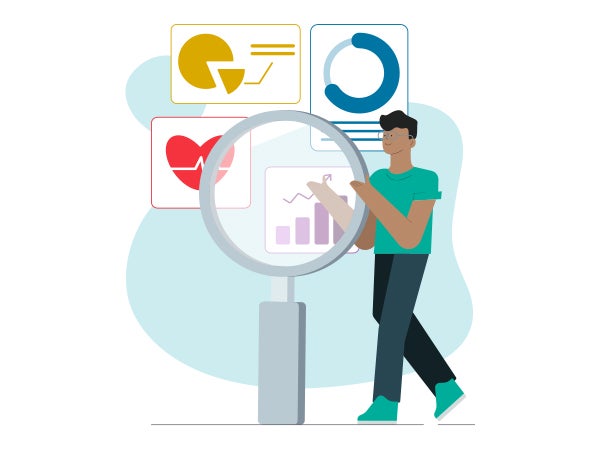
With the growing demand for convenient and personalized healthcare experiences, researchers must embrace new digital tools and processes to stay aligned with consumers’ evolving expectations.
The COVID-19 pandemic skyrocketed the adoption of digital tools and shifted consumers’ healthcare expectations.
Technologies designed to facilitate contactless provider interactions, including telehealth, online check-in, and two-way text messaging simultaneously accelerated patient-centricity, making healthcare experiences more like other consumer-focused industries, such as banking, travel, and foodservice.
Just as patients and healthcare professionals (HCPs) had to quickly adopt new technologies at the start of the pandemic, market researchers also had to embrace digital tools, since face-to-face interactions often weren’t possible, says Joyce Wang, Phreesia’s Associate Research Director. Now, as the demand for convenient, flexible, and personalized healthcare continues to grow, research must become more agile to adapt to consumers’ changing preferences.
Here are three ways that researchers can find that agility and align with evolving consumer expectations.
1. Keep close tabs on patient behavior
Actionable market research depends on accurately analyzing patients’ experiences and preferences. In addition to gaining insights from resources such as thought leadership reports, the growing industry focus on digital healthcare gives analysts more opportunities to use tech-based tools to stay in tune with consumer behaviors and trends. Market researchers should be active in online patient communities to understand how different patient populations feel about their healthcare experiences, Wang says. She also recommends “social listening”, which is the process of analyzing patient conversations and industry trends that occur across social media platforms like Reddit or Twitter.
“I like to do social media listening; not on a larger scale, but just going to Reddit and reading what patients are saying about specific disease areas and any other information that I can glean to build a foundation before going into a survey or study,” Wang explains.
Market researchers also can apply artificial intelligence or machine-learning technologies to existing research to dig deeper into insight gaps and offer syndicated research to help get a pulse on generalized patient behaviors. Using these methods, researchers can combine broad findings from different patient populations to analyze consumer behaviors and traits that specific drug brands may be dealing with.
2. Tap into technology that supports research workflows
Virtual consumer interviews have created more opportunities to reach patients who may not have participated in market research in the past. However, this overall shift has come with rising expectations to generate consumer and industry insights more quickly and at a lower cost.
Fortunately, technology has enhanced traditional market research capabilities by supporting faster survey turnaround times and restructuring how analysts gather and process data in the field. Along with the demand for accelerated research results, Wang says there are new strategies and innovations to help streamline many typical market research headaches, from obtaining research-partner approvals from legal teams to project management issues.
Creating a dedicated space for some market research team members to navigate and implement emerging technologies that address these challenges can give time back to other team members to focus on traditional data collection and analysis, while also ensuring that they stay on top of new ways to reach patients and HCPs, such as online and mobile surveys.
3. Increase convenience for patients
To address one of the industry’s biggest overall trends, researchers and brand teams should actively embrace meeting consumer expectations for convenient, flexible healthcare tools and interactions. By integrating digital-engagement solutions at the point of care, they can increase survey-completion rates and catch patients when they’re already preparing to have discussions about their health and medical treatments.
Researchers also should make sure their methods are mobile-friendly since healthcare consumers have become accustomed to directly engaging with HCPs and health information through their smartphones. Optimizing market research for mobile interactions not only meets patient expectations for convenience, but it also speeds up information gathering, allowing researchers and pharma marketers to adapt more quickly to changing patient behaviors.
“It’s really important to be thinking about how we can make things easier for patients,” Wang says. “How can we optimize our surveys, websites, and information to be more convenient and efficient? It’s these little things that add up to a patient experience.”
Learn how Phreesia can help your organization gather strategic insights from patients at the point of care and deliver relevant health content that meets their needs.
This content was originally published on GreenBook.


